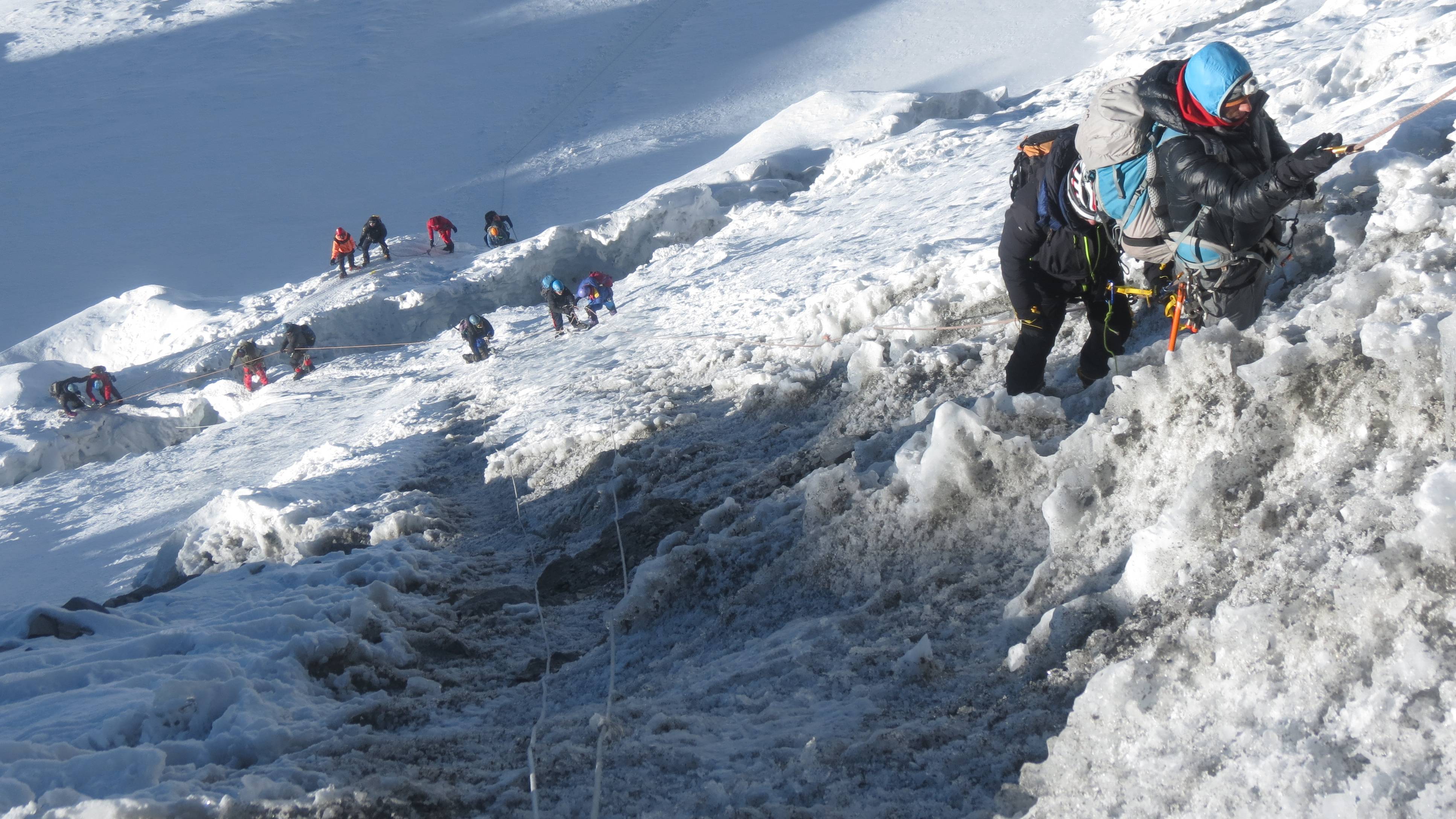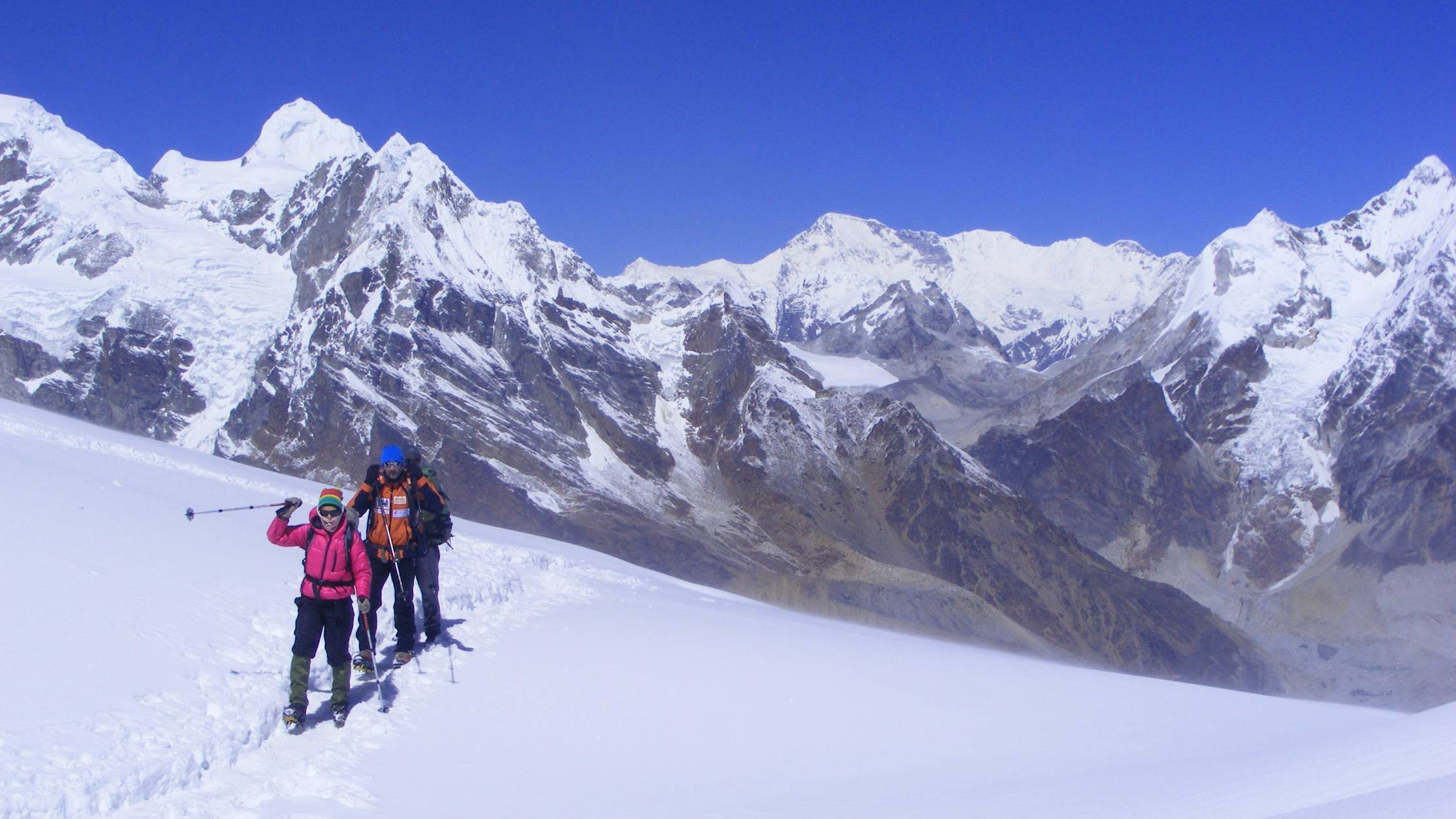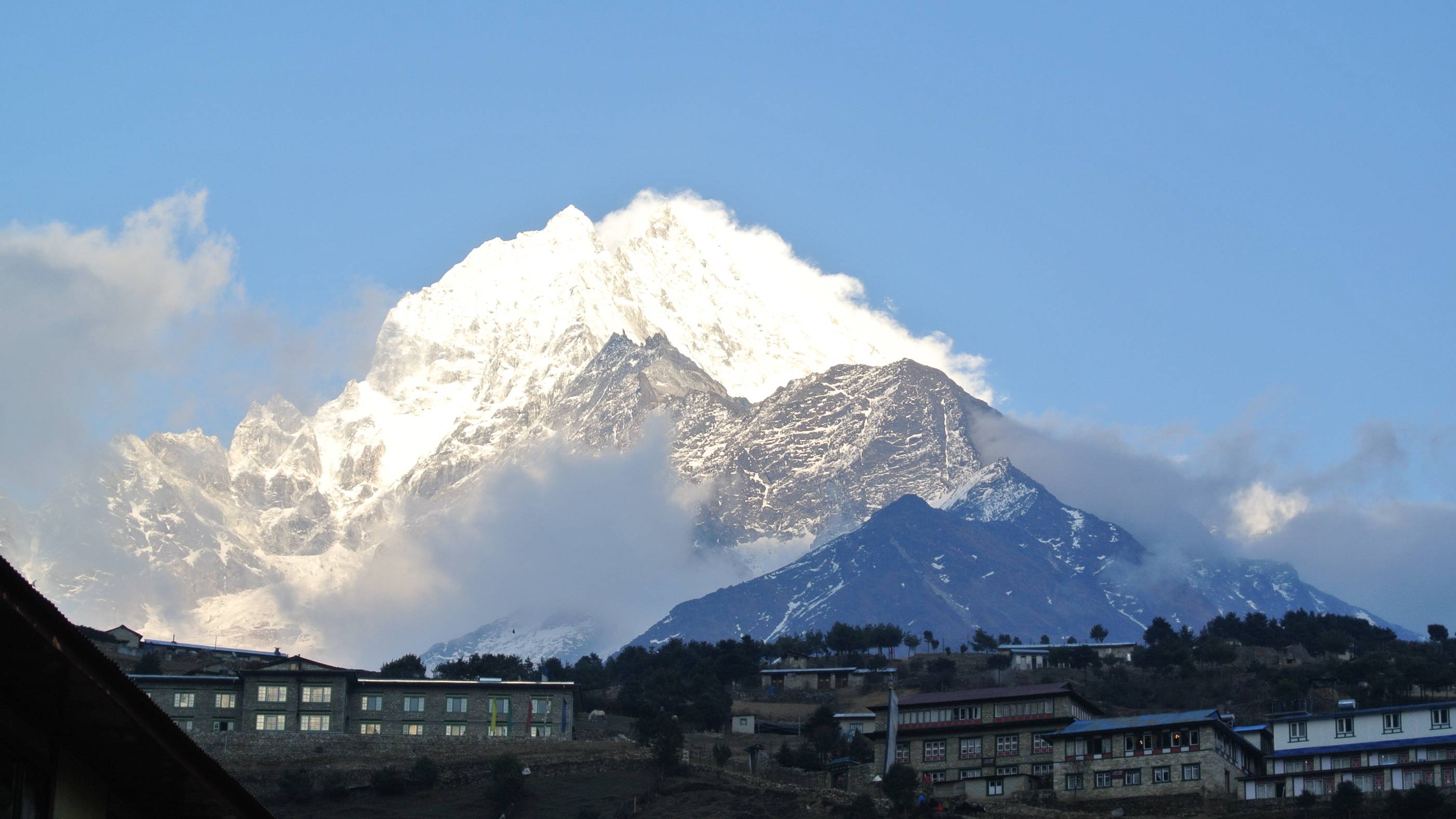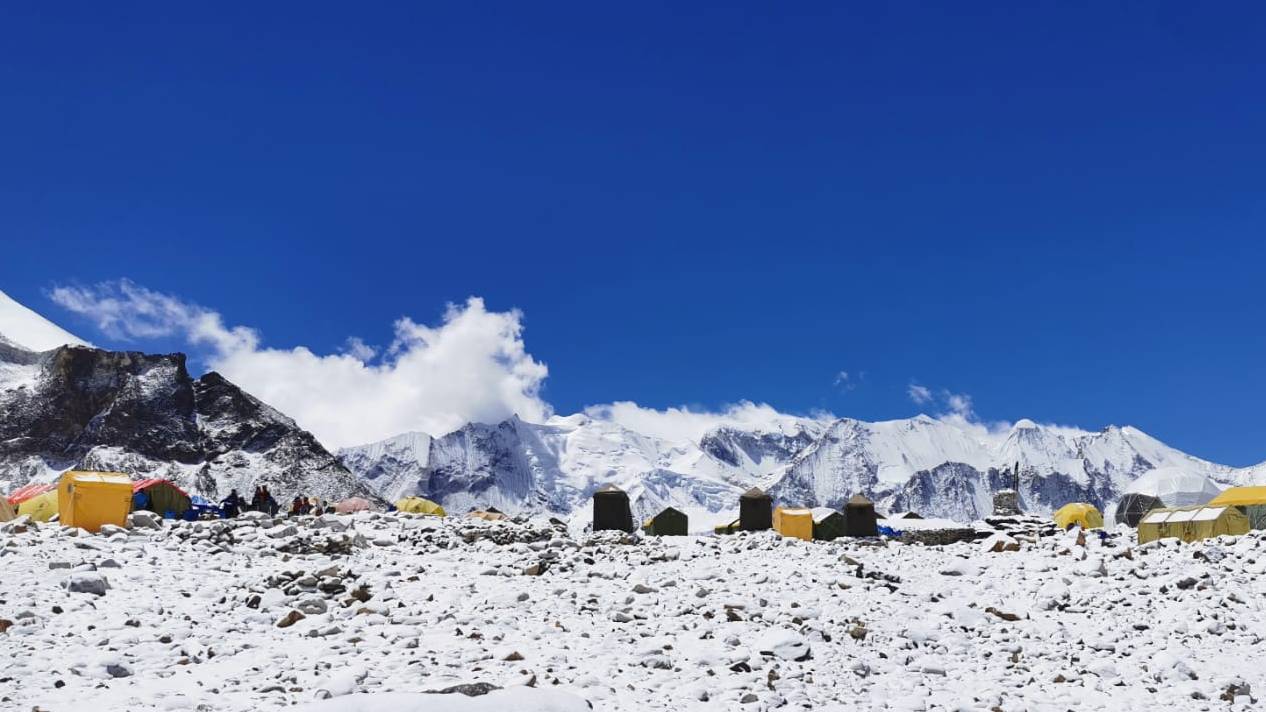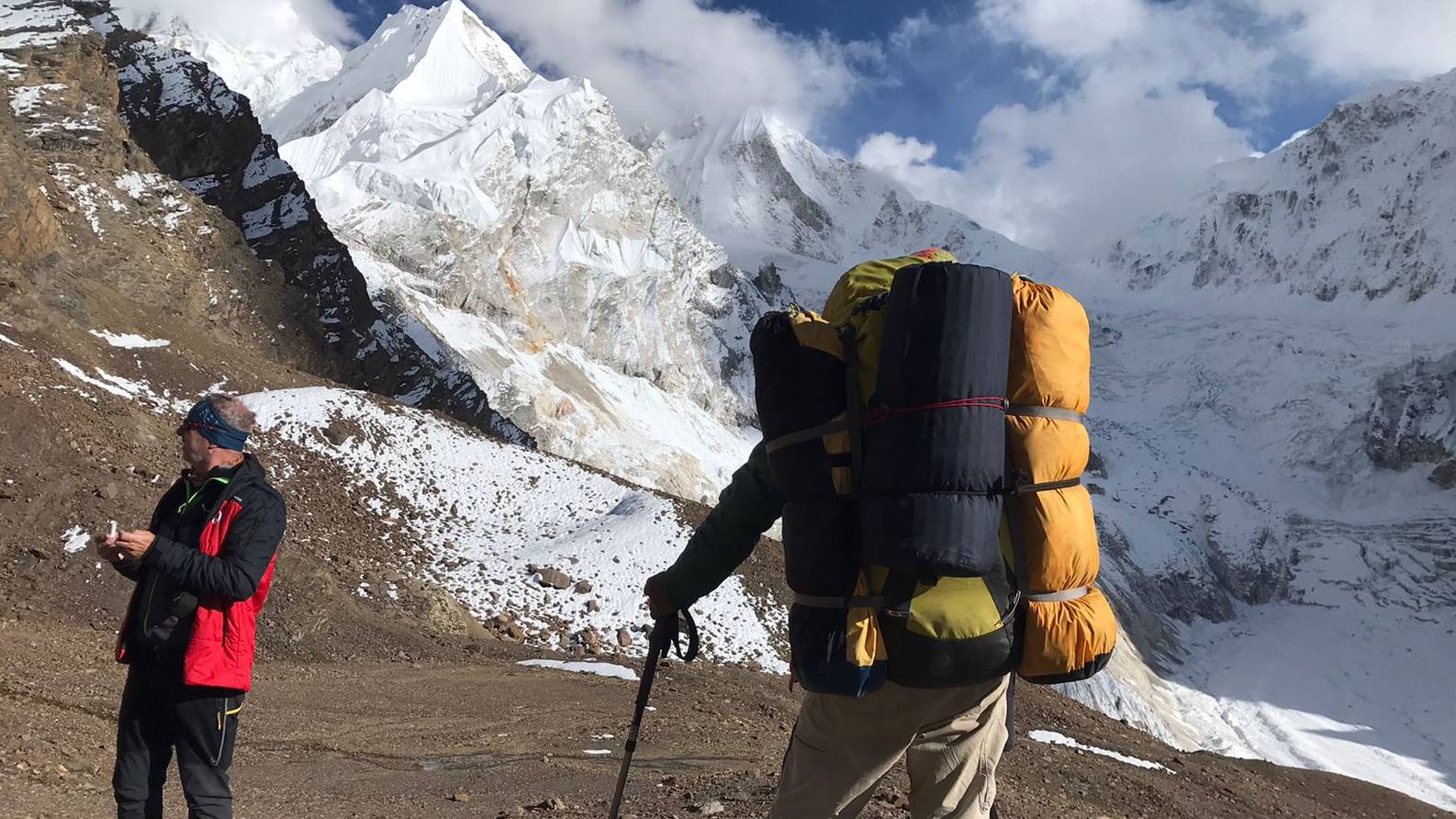For those seeking the ultimate mountaineering challenge, the Himalayas beckon with three iconic peaks that promise not only breathtaking views but also an unforgettable journey. Island Peak, Mera Peak, and Lobuche Peak offer climbers a trifecta of experiences, each unique in its own right. Let's delve into the allure of these majestic ascents and the thrill they bring to those who dare to reach their summits.
Island Peak Climbing:
Situated in the heart of the Khumbu region, Island Peak Climbing, also known as Imja Tse, stands at 6,189 meters (20,305 feet). Despite its elevation, Island Peak is a popular choice for climbers venturing into the realm of high-altitude mountaineering. The ascent involves a challenging mix of rock and ice climbing, culminating in a breath taking summit panorama that includes views of Lhotse, Nuptse, and the iconic Ama Dablam. The journey to Island Peak often serves as a stepping stone for those preparing for even higher summits in the Everest region.
Mera Peak Climbing:
Eclipsing the 6,000-meter mark, Mera Peak Climbing stands as Nepal's highest trekking peak at 6,476 meters (21,247 feet). The Mera Peak climbing expedition is a thrilling adventure through the remote Hinku Valley, providing climbers with a diverse range of landscapes – from dense rhododendron forests to pristine alpine meadows. The final ascent to Mera Peak involves navigating a glacier and a challenging snow ridge, rewarding climbers with unrivaled views of Everest, Cho Oyu, and Makalu. The sense of accomplishment upon reaching Mera Peak's summit is heightened by the solitude of this less-traveled route.
Lobuche Peak Climbing:
Nestled in the Everest region, Lobuche Peak offers two distinct summits – Lobuche East (6,119 meters) and Lobuche West (6,145 meters). The climbing experience varies between these two peaks, with Lobuche East demanding technical expertise in rock and ice climbing. Lobuche West, on the other hand, provides a challenging ascent through a glaciated route. Both summits offer mesmerizing views of Everest, Lhotse, and the Khumbu Glacier. The Lobuche Peak climbing adventure is not only a test of physical endurance but also an exploration of the region's rich Sherpa culture.
Conclusion:
Embarking on the Island, Mera, and Lobuche Peak climbing expeditions is a testament to the allure of the Himalayas and the indomitable spirit of mountaineers. These ascents, though challenging, reward climbers with unparalleled vistas and a profound sense of accomplishment. Whether it's the technical ascent of Island Peak, the remote landscapes of Mera Peak, or the dual summits of Lobuche Peak, each climb unfolds a unique chapter in the grand narrative of Himalayan exploration. As climbers conquer these peaks, they not only witness the majesty of the mountains but also discover the resilience within themselves.
